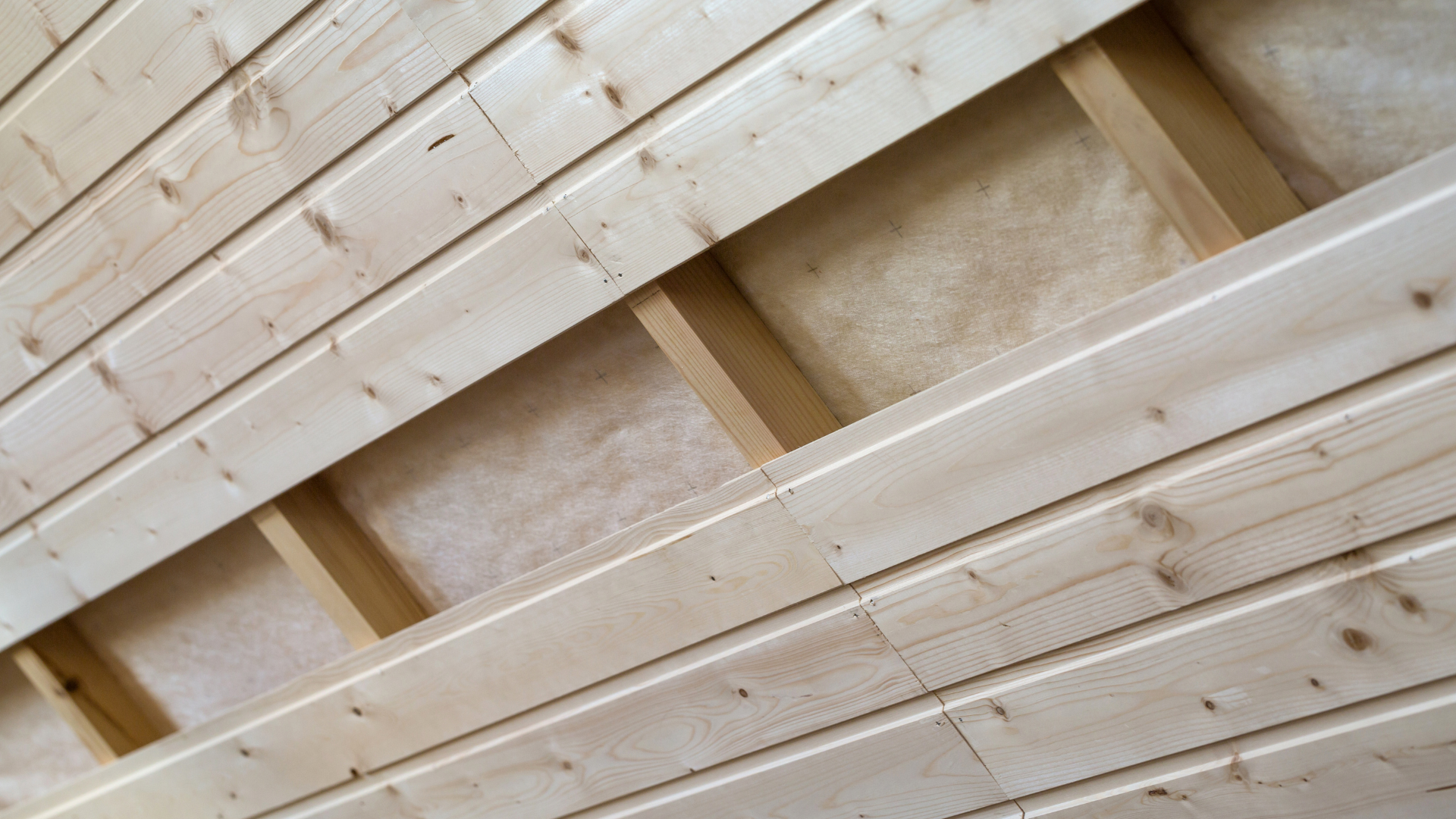Choosing the right cladding can make all the difference. Among the myriad of options available, two styles have risen to the forefront:
- Shiplap
- Tongue and Groove
Both have become go-to choices for homeowners and interior designers. But which one reigns supreme?
Here, we’ll delve into the defining characteristics of each. Join us as we explore their applications and weigh the pros and cons to help you make an informed choice!
Understanding Shiplap
Shiplap cladding originated in the early 19th century. Initially, it was used to weatherproof the exterior surfaces of ships. But shiplap has gracefully transitioned into interior and exterior architectural design. It is characterised by horizontally overlapping wooden boards. The design creates a distinctive shadow line effect that adds depth and texture to walls.
One of the shiplap’s standout features is its rustic charm. The overlapping arrangement lends an appealing pattern and enhances the cladding’s durability. This makes it ideal for high-traffic areas or regions with fluctuating weather conditions.
The applications span from interior walls and ceilings to exterior siding and fencing. Its versatility allows it to adapt to both contemporary and traditional designs effortlessly. Compared to other cladding types, shiplap stands out for its ease of installation.
However, shiplap does have some limitations. The overlapping design may accumulate dust and require periodic cleaning. Certain shiplap timber species may be susceptible to moisture if not well maintained.
Unveiling Tongue and Groove (T&G) Cladding
Tongue and groove cladding is known for its exceptional strength and durability. It features boards with protruding “tongues” on one edge and similar “grooves” on the other. When installed, these T&G interlock tightly, creating a smooth surface. In return, they offer both aesthetic appeal and enhanced structural integrity.
What sets T&G cladding apart is its tight interlocking profile. Such a design helps prevent gaps and offers weather penetration. What’s more, it ensures a secure fit, making it an excellent choice for applications such as:
- exterior siding
- flooring
- roofing
Its versatility shines through its capacity to withstand environmental stresses. Overall, this makes it a reliable choice for interior and exterior use. Indoors, it provides a polished, elegant finish for walls and ceilings. Meanwhile, outdoors, it offers exceptional protection against the elements.
However, tongue and groove cladding may require more labour-intensive installation than shiplap. For one, the precision required in fitting the interlocking boards. Expansion and contraction due to temperature fluctuations and humidity can also pose challenges. This necessitates proper allowances and fastening techniques to mitigate potential issues.
Comparing Shiplap and Tongue and Groove
Aesthetics
Shiplap’s rustic charm and characteristic shadow lines evoke a warm, cosy atmosphere. Its overlapping design adds depth, perfect for creating focal points or accent walls.
In contrast, tongue and groove cladding boasts a seamless, elegant appearance. It’s best suited for achieving a more refined and sophisticated ambience. The absence of visible gaps allows for a polished, uninterrupted surface. This makes it a preferred option for modern and contemporary designs.
Installation ease
Shiplap’s straightforward installation involves securing boards with nails or screws. This makes it a feasible DIY project for homeowners. Conversely, tongue and groove cladding requires precise fitting of interlocking boards. Thus requiring the expertise of professionals for a seamless outcome in most cases.
Maintenance requirements
Shiplap’s overlapping design may trap dust and dirt. This demands periodic cleaning to maintain its pristine appearance. Proper sealing and routine maintenance are crucial for exterior use, to add.
Meanwhile, T&G cladding’s tight profile reduces the risk of debris accumulation. Hence making it a low-maintenance choice. But it may require more attention during installation, though.
Cost
In terms of cost, shiplap is more budget-friendly. Thanks to its simpler installation and the availability of less expensive wood species. But tongue and groove cladding may be costlier. Considering its more intricate installation and higher-quality wood options.
Practical considerations
For environments with fluctuating weather conditions, T&G cladding’s tight stands out. For one, it provides better protection against the elements. However, the case differs for regions with high humidity or temperature variations. Tongue and groove’s potential for expansion and contraction might need careful planning. On the other hand, Shiplap excels as an interior accent wall or ceiling solution.
Expert insights
Interior designers and architects often lean towards shiplap cladding exterior. They also find it particularly suitable for infusing character into modern designs. But for a more contemporary, seamless finish, tongue and groove boarding is the one.
Round-up
Ultimately, the decision between shiplap and tongue and groove boils down to your:
- specific needs
- design preferences
Assess the aesthetic you want to achieve. Plus, your budget and the environment in which the cladding will be used. By carefully considering these, you can determine the better fit for your project.
Planning a shed cladding makeover? Beyond choosing the material, like wood pine, why not consider adding custom pieces? TimberX offers an excellent solution with their convenient custom orders option!
